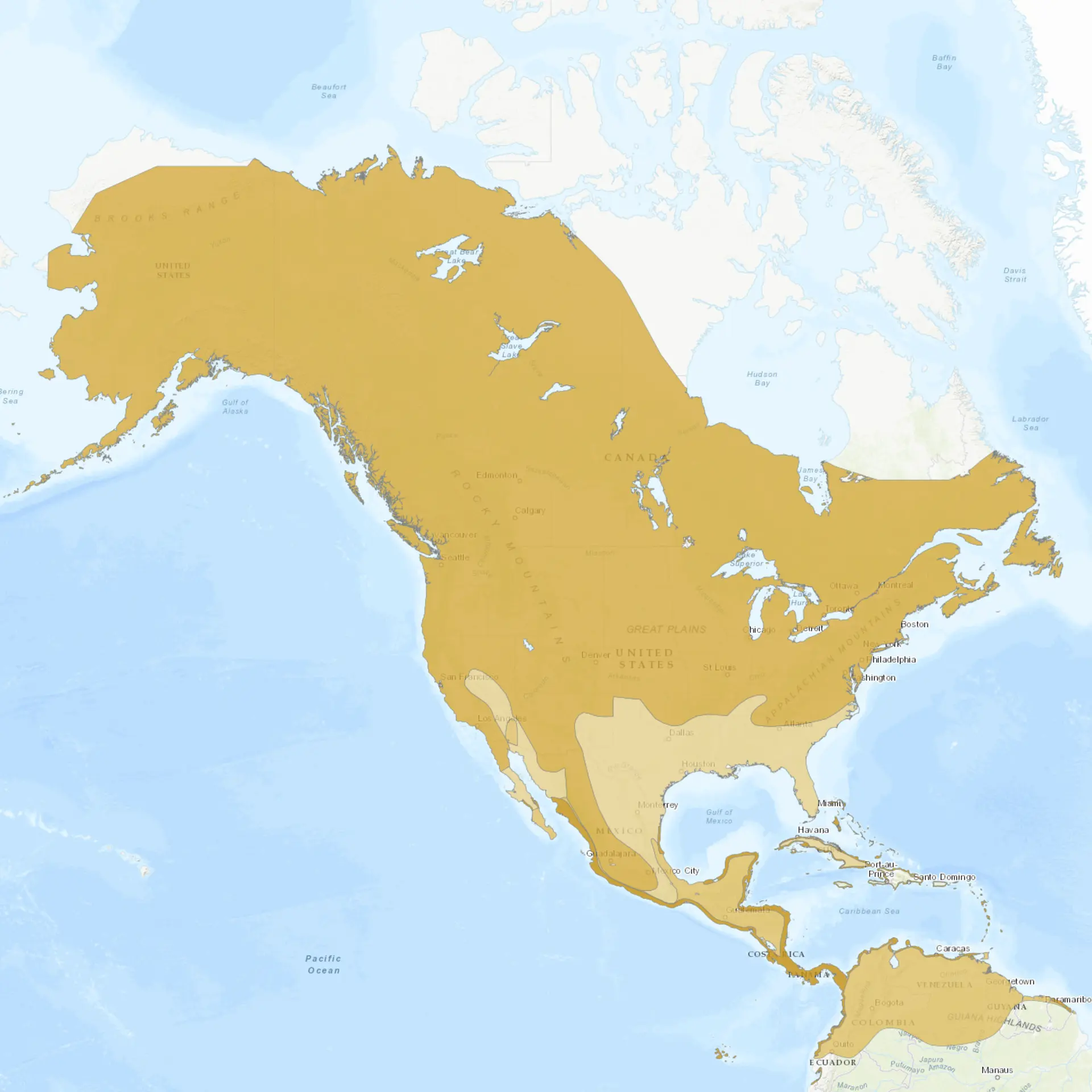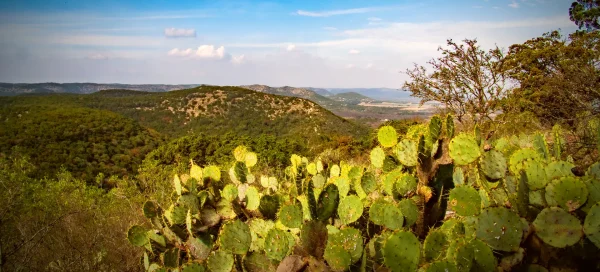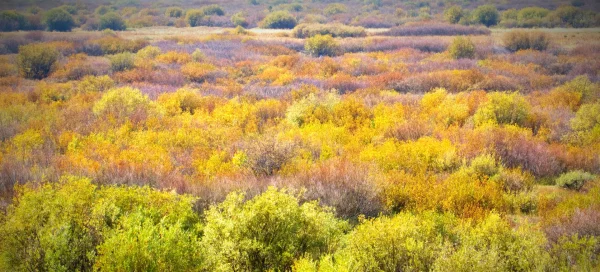Overview
The American Yellow Warbler (Setophaga petechia) is a vibrant, small songbird known for its entirely yellow plumage and sweet, melodious song. Males are particularly striking with a rich yellow color and reddish streaks on their chest and flanks, which are less prominent or absent in females and juveniles. These birds are among the most widespread of the North American warblers, inhabiting various habitats, including gardens, orchards, marshes, and forests, particularly those near water sources. Their presence is a herald of spring in many areas, with their cheerful singing and active foraging behavior.
American Yellow Warblers are remarkable for their adaptability, thriving in various environments across North and South America. They are primarily insectivorous, gleaning caterpillars, spiders, and other small invertebrates from foliage with their sharp, pointed beaks. This diet makes them beneficial for controlling pest populations in agricultural areas. During migration, they can be seen flitting tirelessly among trees and shrubs, showcasing their vibrant plumage and contributing to the biodiversity of their ecosystems.
Despite their small size, American Yellow Warblers greatly impact their habitats by controlling insect populations and pollinating flowers. They are known for their resilience and ability to adapt to changing environments, allowing their populations to remain stable in many areas. Their cheerful disposition and colorful appearance make them a favorite among birdwatchers and nature enthusiasts, symbolizing the beauty and diversity of North American birdlife.
Taxonomy
Kingdom
Phylum
Class
Order
Family
Genus
Species
Type
Current distribution:
The American yellow warbler breeds across much of North America, from Alaska and Canada to the southern United States and parts of Mexico. Its migratory range extends into Central America, the Caribbean, and northern South America, with some populations wintering as far south as Peru and Bolivia. During migration, the warbler is commonly observed throughout the United States and Mexico, stopping in various habitats to rest and forage. Subspecies found in tropical regions, such as mangroves, are non-migratory and remain in their habitats year-round.
Although the species is widely distributed, certain populations have declined in areas where human activity has degraded riparian habitats. Despite this, the overall population remains stable, and the species is one of the most abundant and recognizable warblers in its range. Conservation programs focused on riparian restoration have helped maintain critical breeding and migratory habitats. Yellow warblers are a common sight during migration, often appearing in urban and suburban areas where food and shelter are available.
Physical Description:
American Yellow Warblers are small birds, typically measuring 4.7 to 5.1 inches long with a wingspan of 6.3 to 7.9 inches. Their weight ranges from 0.3 to 0.4 ounces, reflecting their petite size. Males are easily distinguishable by their bright yellow plumage and the reddish streaks that adorn their chest and flanks, a feature that is dimmer or missing in females. Both sexes have a round, compact body shape, with a short, thin bill perfectly adapted for their insectivorous diet.
The plumage of the American Yellow Warbler not only serves as a stunning visual characteristic but also plays a crucial role in their breeding and territorial behaviors. During breeding, males display their vibrant colors to attract mates and deter rivals. Females blend into their surroundings with their more subdued hues, providing camouflage while nesting. The species’ agility and speed are evident in their flight and foraging habits, darting quickly between branches to catch insects.

Lifespan: Wild: ~5 years || Captivity: ~10 years

Weight: Male & Female: 0.3-0.4 oz (9-11 g)

Length: Male & Female: 4.7-5.1 in (12-13 cm)

Wingspan: Male & Female: 6.3-7.9 in (16-20 cm)

Top Speed: 20 mph (32 km/h)
Characteristic:
Native Habitat:
American Yellow Warblers are native to various habitats across North and South America. They prefer areas with abundant vegetation, such as wetlands, gardens, orchards, and forest edges, particularly those near water sources. Their breeding habitats are often characterized by thickets or dense shrubs, where they find both food and nesting sites. The adaptability of American Yellow Warblers to different environmental conditions has allowed them to occupy a broad geographic range.
During the breeding season, these singers are commonly found throughout North America, from Alaska and Canada down through the United States to Mexico. They migrate to Central and South America for the winter, occupying similar habitats rich in vegetation and insect life. The species’ ability to thrive in habitats, including disturbed and secondary growth areas, has contributed to its widespread distribution and abundance.
Climate Zones:
Biomes:
Biogeographical Realms:
Continents:
Countries:
Diet:
Diet & Feeding Habits:
The diet of the American Yellow Warbler is predominantly composed of insects and other small invertebrates. They forage actively in trees and shrubs, skillfully gleaning their prey from leaves and branches. Their diet includes caterpillars, beetles, mayflies, and mosquitoes, among other insects, which they capture with their sharp, pointed beaks. This insectivorous behavior is crucial for the control of pest populations, benefiting ecosystems and human agriculture alike.
In addition to their role as pest controllers, American Yellow Warblers occasionally consume fruits and nectar, especially during migration and in their wintering grounds. This varied diet helps them maintain energy levels during long migratory journeys and ensures survival in diverse environments. Their foraging strategy involves quick movements and agility, enabling them to catch various prey and adapt to different feeding conditions.
Mating Behavior:
Mating Description:
American Yellow Warblers are monogamous during the breeding season, with males engaging in vibrant displays to attract females. These displays include singing sweet melodies and showing off their bright yellow plumage. Once a pair is formed, they work together to build a nest, usually placed in a low shrub or tree. The female lays 4 to 5 eggs, which she incubates for about 11 to 12 days.
After the eggs hatch, both parents feed the young, demonstrating a strong parental investment in the survival of their offspring. The chicks are altricial, meaning they are born featherless and blind and rely entirely on their parents for food and protection. This cooperative breeding strategy ensures the young have a high chance of surviving to fledge, typically occurring about 9 to 12 days after hatching. The dedication of American Yellow Warblers to their young exemplifies the complex social behaviors that contribute to their success as a species.
Reproduction Season:
Birth Type:
Pregnancy Duration:
Female Name:
Male Name:
Baby Name:
Social Structure Description:
Outside the breeding season, American Yellow Warblers exhibit a more solitary lifestyle, migrating vast distances and wintering alone or in modestly sized groups in regions far from their breeding grounds. This behavior allows them to efficiently exploit food resources during migration and in their winter habitats without the intense competition that larger social groups might engender. The composition of these small groups often changes, showing a fluid social structure that enables them to adapt to the varying conditions they encounter throughout their migratory journey and wintering period, ensuring their survival and preparation for the next breeding season.
During the breeding season, however, the American Yellow Warbler’s behavior shifts dramatically as they become highly territorial. Males vigorously defend their chosen territories using a repertoire of vocalizations and physical displays to ward off rivals, ensuring they secure the optimal environment for attracting a mate and raising their young. This territorial behavior is crucial for the singers, as it directly influences their reproductive success by providing access to the highest quality nesting sites and abundant food resources. These complex social and territorial dynamics during the breeding season highlight the adaptability of American Yellow Warblers and underscore the sophisticated strategies they employ to navigate the challenges of their lifecycle, ensuring the continuation of their species across the diverse landscapes they inhabit.
Groups:
Conservation Status:
Population Trend:
The American Yellow Warbler is classified as Least Concern by the IUCN, indicating a stable population trend across its vast range. Their adaptability to various habitats and dietary flexibility have significantly maintained healthy population levels. Conservation efforts, including habitat protection and restoration, have been instrumental in mitigating the impacts of environmental threats and ensuring the species’ continued abundance.
While the overall population is stable, localized threats such as habitat destruction and the use of pesticides can impact specific populations. Monitoring and conservation initiatives are essential to address these challenges and preserve the habitats critical for the breeding, migration, and wintering of American Yellow Warblers. Their widespread presence indicates the health of ecosystems across the Americas, highlighting the importance of continued conservation efforts.
Population Threats:
The main threats facing American Yellow Warblers are predominantly the result of human activities, such as agricultural expansion, urban development, and deforestation, which lead to habitat loss and fragmentation. These environmental changes significantly diminish the areas where these warblers can nest and forage effectively. As their natural habitats are converted into farmland and urban areas or are otherwise degraded, the warblers find it increasingly difficult to locate safe nesting sites and sufficient food sources, which are critical for the survival of their young and the overall breeding success of the species.
Climate change compounds these challenges by affecting the ecosystems on which American Yellow Warblers depend. Changes in weather patterns and temperatures can shift the phenology of insect populations, a vital food source for the singers, especially during the breeding season when they need to feed their chicks. Additionally, climate change can alter the warblers’ migratory patterns and the geographical distribution of their suitable habitat. As a result, warblers may arrive at breeding grounds too early or too late to find the resources they need to rear their offspring successfully, threatening the long-term viability of their populations.
Conservation Efforts:
Conservation efforts for the American Yellow Warbler are centered around the crucial need to protect and rejuvenate their natural environments, which include a diverse array of ecosystems such as wetlands, forests, and regions abundant in biodiversity. The creation of protected areas serves as a sanctuary for these singers, safeguarding essential breeding and foraging grounds from the encroachments of development and degradation. Furthermore, adopting sustainable land use practices and bird-friendly agricultural methods plays a significant role in maintaining the ecological balance. These practices help ensure that agricultural landscapes remain hospitable for warblers and other wildlife, supporting their nutritional and habitat needs throughout the year.
Public engagement and education are fundamental to conservation strategies aimed at protecting the American Yellow Warbler and the broader community of migratory bird species. Raising awareness about these birds’ challenges encourages community involvement in conservation efforts and fosters a deeper understanding of biodiversity’s critical role in ecosystem health. Conservation programs strive to inspire a collective commitment to environmental stewardship by highlighting the interconnectedness of ecosystems. This approach benefits the American Yellow Warbler and supports the survival and prosperity of countless other species that share their habitats.
Additional Resources:
Fun Facts
- Male American Yellow Warblers boast brilliant, all-over yellow plumage, making them among the most strikingly colored warblers during the breeding season.
- They are known for their sweet, melodious song that sounds like they’re saying “sweet, sweet, sweet, I’m so sweet,” which is a delightful herald of spring and summer across their range.
- Their diet primarily comprises insects, including caterpillars, making them valuable for natural pest control in gardens, forests, and agricultural areas.
- American Yellow Warblers breed across most of North America, from Alaska and Canada to the United States and Mexico, showcasing their adaptability to various environments.
- They migrate to Central and South America for the winter, traveling thousands of miles yearly to escape the cold northern winters.
- Females are solely responsible for nest-building, crafting a tight, cup-shaped structure often placed in the fork of a bush or small tree.
- They are frequent targets of the Brown-headed Cowbird, which lays its eggs in the nests of other birds, but Yellow Warblers are known to build new layers over the top of cowbird eggs, sometimes resulting in nests with multiple tiers.
- Both male and female American Yellow Warblers are vigilant in defending their nests and young from predators, showcasing a strong parental instinct.
- They can thrive in various habitats, including marshes, gardens, orchards, and forest edges, demonstrating their remarkable versatility.
- Due to their wide distribution and generalist habitat preferences, American Yellow Warblers have maintained stable population levels in many areas, though habitat conservation remains crucial for their continued well-being.

















